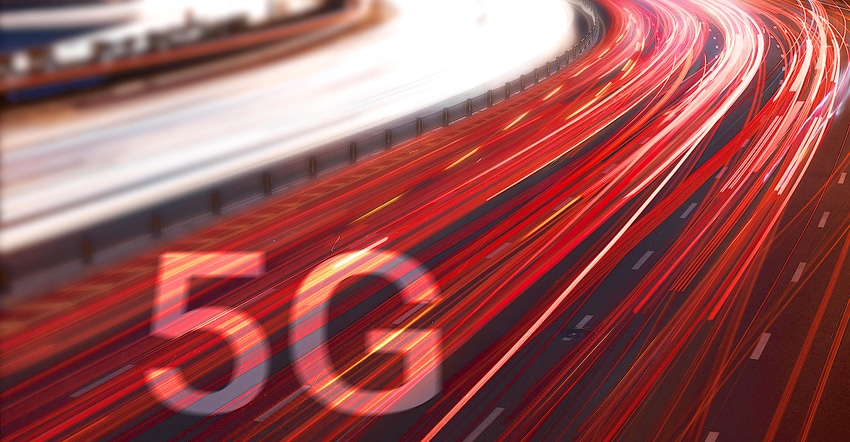Audi Partners With Verizon for 5G Cellular Rollout
The first benefits of the shutdown of 3G networks arrive with the launch of 5G services.

After considering the challenges facing automakers and drivers caused by the discontinuation of 3G cellular services to clear bandwidth for 5G network deployment in this December article, Audi and Verizon are delivering some good news with the announcement of the new 5G services.
This will include connectivity-enabled technologies in Audi’s cars such as an in-vehicle Wi-Fi hotspot served by a 5G cellular connection. The technology makes possible innovations that are keys for the automated future of driving. But in the meanwhile, it will mean more of the same, but better.
What in-car 5G will mean:
Passengers will be able to download or stream entertainment at higher speeds and better quality than ever before.
Vehicles will be able to receive firmware and software upgrades over the air – much like a mobile phone – to help ensure in-vehicle technology remains current and capable.
Infotainment and navigation systems can be enhanced with HD/3D mapping and video, cloud-based user profiles, and mobile retail capabilities.
Cellular vehicle-to-everything (C-V2X) technology, which Audi and Verizon are developing for customers, is designed to allow vehicles to respond to other vehicles and infrastructure around them for low-latency alerts and messages.
Those will be nice-to-have improvements over today’s typical 4G in-vehicle services, but the real benefits will come as the increased bandwidth of 5G enables new safety services such as providing a fuller view of vehicle environments, beyond what drivers, vehicle cameras, and radar systems can observe.
To achieve this, Verizon is partnering with all three major cloud providers for mobile edge compute services. Mobile edge computing with 5G connectivity provides the critical low latency needed for urgent cellular-vehicle-to-everything (C-V2X) communications that let vehicles communicate with other vehicles, connected infrastructure, and devices in the environment around them in near real-time. This is especially valuable for protecting vulnerable road users, including pedestrians, school children, road maintenance crews, and cyclists.
“Audi was the first automaker to bring in-vehicle Wi-Fi to customers as well as 4G LTE connectivity in the 2015 A3, and we will be among the first to bring the next generation of connectivity to our customers in the U.S.,” said Filip Brabec, senior VP, Product Planning, Audi of America. “We value our partnership with Verizon and their eagerness to push the boundaries of what’s possible as cars continue to become even more connected.”
“Audi drivers will be among the first in the world to experience a new generation of automobiles, one in which their car is both a 5G mobile device and a vehicle,” said Tami Erwin, CEO of Verizon Business. “We’re proud to bring our transformative 5G networking expertise in the world to a visionary partner like Audi, whose premium automotive engineering deserves second-to-none 5G technology to match.”
The rollout of 5G has been a slow one, but it is gaining speed now. Verizon points out that with the 3G shutdown, it has now activated new C-band spectrum assets. That grew Verizon’s coverage area of its 5G Ultra Wideband mobility service to parts of more than 1,700 cities around the U.S. following a more than 750 percent year-over-year increase in 2021.
About the Author(s)
You May Also Like





